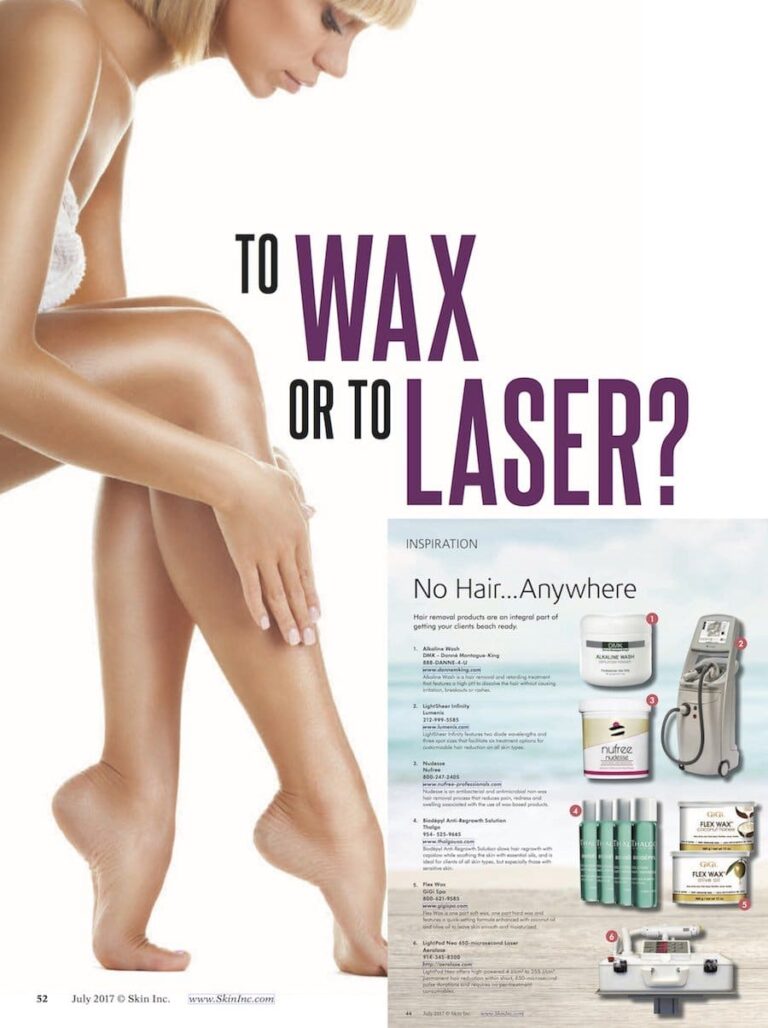A September 2015 report, which interviewed 101 patients with moderate to severe plaque psoriasis, reveals that more than 90% of them reported modest to significant emotional and social impacts to their lives. This is a staggering percentage for a chronic, debilitating disease that affects more than 7.5 million people in the US, according to the National Psoriasis Foundation. While this report only samples a small patient population, a comparative report performed from 2004-2009 with 4,500 patients revealed only around 60% of the sample reported emotional and social impact on their lives. This newly gathered data exposes a significant rise in psoriasis’ emotional and social impact. While the attributing cause(s) of this increased patient impact is unclear, it is very apparent that there is an ongoing issue with the current treatment options that are unable to successfully manage the disease. In fact, more than 50% of patients diagnosed with psoriasis report a high rate of dissatisfaction with their current treatment or treatment options.
A high rate of dissatisfaction is understandable as, historically, there has been little headway in progressing traditional therapies for psoriasis management. Fortunately, 2015 has shown progress with the FDA clearance of a new injectable (secukinumab) and oral therapy (apremilast) and with another oral medication (ixekizumab) in a trial phase that is showing progressive results toward significant clearance of moderate to severe plaque psoriasis. In spite of new advances in systemic therapy, there are huge strides still to be made to help achieve greater patient outcomes and satisfaction, while decreasing side effects with the treatment and management of psoriasis.
In parallel to the systemic advances, other first-line treatment options such as topical retinoids, corticosteroids, and tar treatments have not seen much progression towards better patient outcomes. While still considered a first course of treatment for moderate to severe plaque psoriasis, the majority of patients do not achieve a significant rate of clearance or an extended time of remission. This attributes to the negative psychosocial aspects of the disease and to the aforementioned rates of treatment dissatisfaction.
As a secondary or tertiary course of treatment, phototherapy has shown promise in a number of clinical studies performed with both laser and light-based devices. Staying true to the use of light-based therapy, new data bolsters this concept. A group of over 5,000 psoriasis patients reported the summertime as the annual period when their disease has the highest amount of clearance and the winter being the annual period when their condition is the worst. This coincides with clinical data showing an increased clearance of psoriasis (not always significant) after patients complete a treatment course of either photodynamic or laser therapy, which can carry these “summertime-like,” if not greater, benefits through the course of the entire year.
UVB therapy and excimer lasers, best known for being the “laser for psoriasis,” especially scalp psoriasis, are still among the most widely used light-based therapies. The use of these devices has proved to be a relatively effective alternative therapy for patients who have not responded well to systemic or topical medications. Similarly, pulsed-dye lasers have been found to be equally effective towards treatment, but carry a high risk of post-treatment bruising that may last up to several weeks. A new, novel approach towards treating moderate to severe plaque psoriasis, which is now undergoing clinical trials, is the use of new 650-microsecond Nd:YAG 1064nm laser technology. Initial treatment results reveal high rates of efficacy without side effects and prove to be an excellent treatment option for patients who have not responded well to or do not wish to undertake systemic therapies.
Combination therapies between systemic and light-based treatments may play an important role in subduing the emotional, social, and physical impact of psoriasis through enhanced treatment outcomes and longer periods of complete or almost complete clearance. Limited clinical data has been collected on the use of this type of combination therapy, but initial results show great promise with both UVB combined with systemic therapy and excimer laser combined with systemic/topical therapy resulting in higher rates of efficacy than any single treatment method. The addition of the new 650 Microsecond Technology®(pending further research) is an exciting option to advance the treatment outcomes previously enhanced with other light-based therapies.
We see that the well-being of psoriatic patients heavily relies upon the management of their conditions. This year has shown a number of advances toward more efficacious treatments, but each stand-alone treatment still lacks the suitable rates of clearance to allow a better lifestyle for patients with psoriasis. So what will the next steps be? Combination therapies point to increasingly better results, but both patients and practitioners will need to adopt a forward-thinking protocol and perform more research to refine the most appropriate courses of therapy. Though there are still many actionable steps to be taken, there appears to be a progression toward better therapy and treatment outcomes for patients with psoriasis.
*Update as of September 25: The National Psoriasis Foundation has launched a new campaign Picture Positivity, featuring La La Anthony as the spokesperson, to showcase inspiring images of people living with psoriasis.



